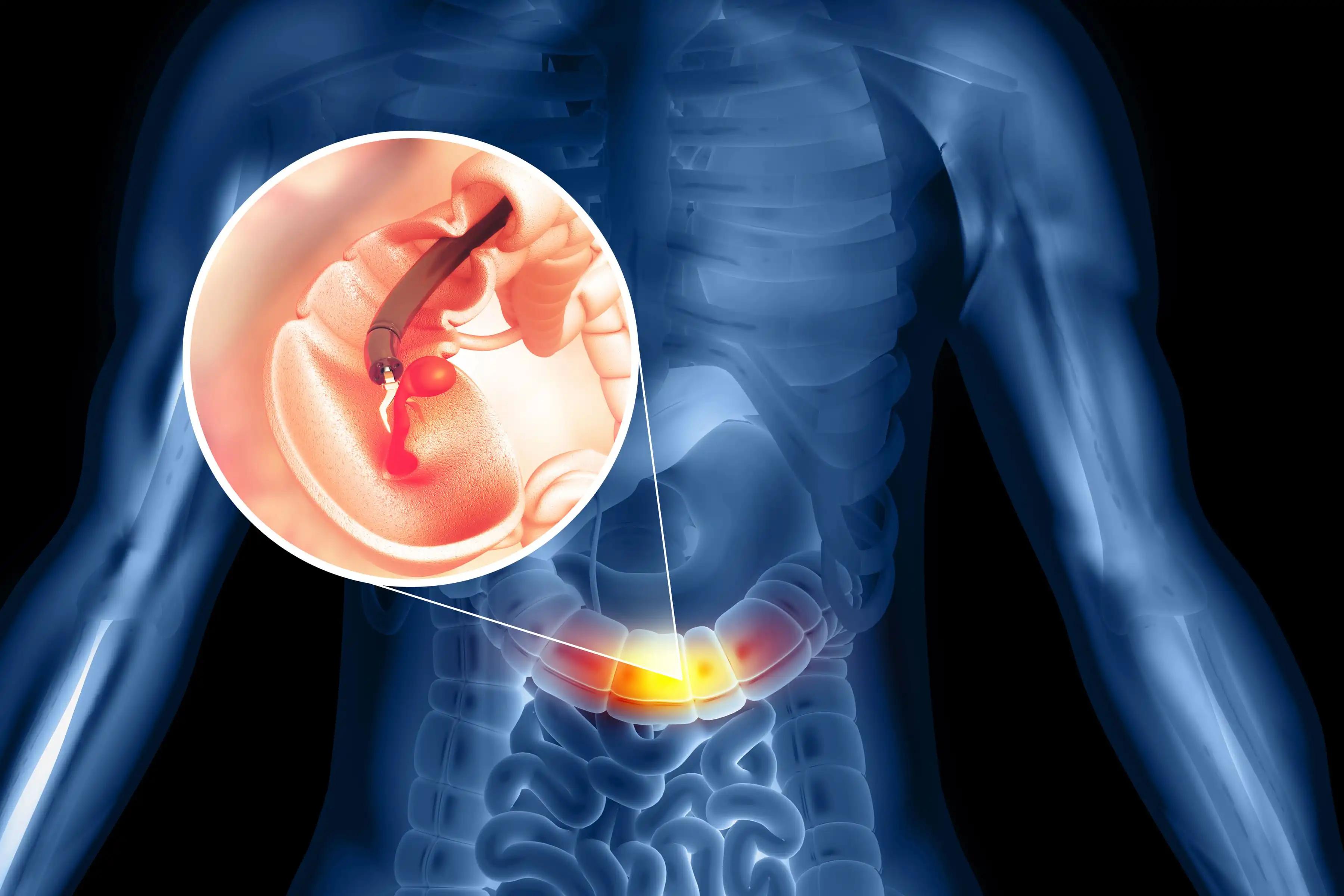KEY TAKEAWAYS
- The study aimed to investigate the role of IVIM and DCE perfusion imaging in predicting treatment response in patients with CRC.
- Researchers noted that IVIM and DCE imaging are promising for predicting treatment response in patients with CRC after Neo-CRT.
A complex malignancy that necessitates multimodal treatment strategies is Colorectal cancer (CRC), including neoadjuvant chemoradiation therapy (Neo-CRT), to enhance patient outcomes. However, individual responses to Neo-CRT can vary significantly, highlighting the need for reliable predictors of treatment response.
Hayder Jasim Taher and the team aimed to investigate the role of intravoxel incoherent motion (IVIM) and dynamic contrast-enhanced (DCE) perfusion in predicting treatment response in patients with CRC following Neo-CRT.
They performed an inclusive analysis on patients diagnosed with locally advanced CRC who received Neo-CRT. IVIM and DCE perfusion imaging were conducted before and after CRT.
Quantitative parameters, including perfusion fraction (f), diffusion coefficient (D), and transfer constant (Ktrans), were calculated from the imaging data. Treatment response was evaluated based on the pathological response following surgery. Statistical analyses were conducted using SPSS v. 26, employing the t-test and chi-square method.
About 51 patients (female: male = 22:29, mean age = 58.14±3.49) participated in the study. Among all the patients, 15 (29.4%) had good responses, while 36 (70.58%) did not respond to treatment. All DCE parameters demonstrated higher sensitivity and specificity than IVIM D*. Ve, Kep, and DCE Ktrans showed significant predictive power for treatment response, with Ktrans being the most accurate parameter for predicting response to treatment.
The overall sensitivity and specificity of DCE were 88.8% [95% CI: 80-95.6] and 80% [95% CI: 65-90], respectively, while those of IVIM were 65.5% and 81%, respectively. Sensitivity and specificity for the combination of DCE + IVIM were 79.5% and 93.5%, and for DCE + IVIM + standard magnetic resonance imaging, they were 80.2% and 86%, respectively.
The study concluded that IVIM and DCE perfusion imaging are promising tools for predicting treatment response in colorectal cancer patients following Neo-CRT.
The study was funded by the Interdisciplinary Integration and Innovation Project of JLU (JLUXKJC2021ZY08) and Jilin Provincial Healthcare Talent Special Program (JLSWSRCZX2023).
Source: https://pubmed.ncbi.nlm.nih.gov/39342580/
Taher HJ, Arian A, Aghili M, et al .(2024). “Role of Intravoxel Incoherent Motion and Dynamic-Contrast-Enhanced Perfusion in Response Prediction of Patients with Colorectal Cancer after Neoadjuvant Chemotherapy.” Asian Pac J Cancer Prev. 2024;25(9):3029-3037. Published 2024 Sep 1. doi:10.31557/APJCP.2024.25.9.3029



